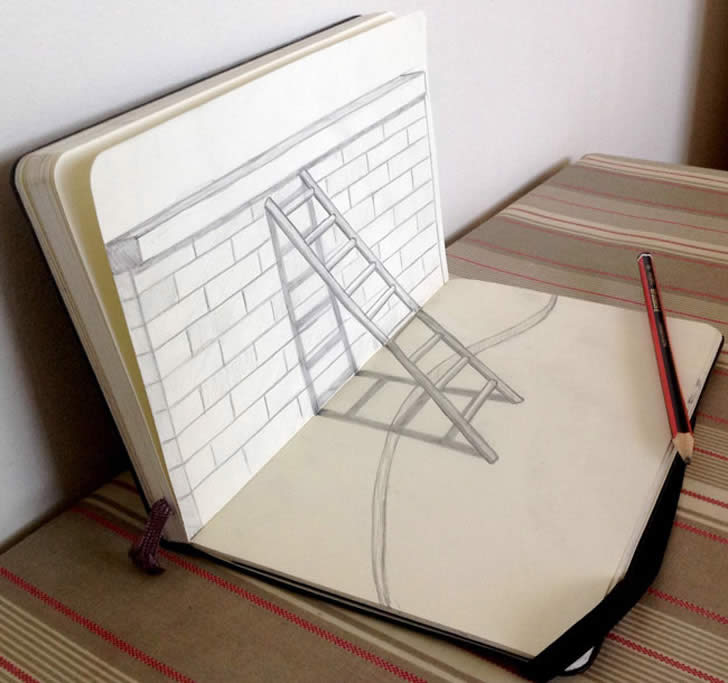Ideas are the currency of innovation.
Artists (and creators of any sort) are in the business of taking ideas and mashing them together like a visual food processor to end up with something new, fresh, inspiring and… unexpected.
Knowing When and Where to Steal
I recently came across Austin Kleon’s New York Times best-selling book, Steal Like an Artist, and found it spiritually exfoliating (did I just combine those two words? Yes, I did… no denial. Yup, I said that.).
Why did I find it so stimulating? Because we live in a world suffering from a bad case of mediocrity overload and I feel refreshed when I am exposed to those who find the status quo less than satisfying.
First of all, it takes great genius to spot something that’s remarkable. Plus there’s this point: there’s nothing wrong with being inspired by things we see, hear and read. In fact, there’s something very wrong with not being inspired by the things one perceives in life.
So, when I see an artist, inventor or creator in any field who’s done something worth noting, I applaud them. I respect those who do the mental magic that ends up challenging the norm. I recently found such an individual.
Darren Frisina is an artist who lives in Melbourne, Australia, who has worked as a graphic designer and illustrator for 10 years. His creations, including toys and paintings, are in private collections around the world including Australia, America, UK and Asia. These can be seen at www.pencilfury.com
A Remarkable View of the World
I recently ran across some of his brilliant illustrations that challenge the 3-dimensional world we live in. I was so jazzed after seeing these that I sought him out to share his tremendous works with friends and subscribers and to ask him what inspires such a unique view of the world. Here are his answers.
What inspired you to do these types of 3-dimensional drawings?
“I’ve always been a fan of visual illusions, perspective artists and trompe l’oeil. I particularly enjoy the work of chalk artists who do amazing large scale perspective pieces in public places. I wanted to take that idea and scale it right down to a sketchbook size. Working on a smaller scale also adds to the effect I think. If I get it right, it can look like the image is actually popping out of the pages or like it is possible for the viewer to fall into the sketch.”
How do you achieve the stretched angled perspective and plan it for looking “correct” when viewed from a specific angle?
“When starting a 3D image, I’ll always hold the sketchbook on the angle I want to take the final photo from and draw a quick pencil sketch with one eye closed. If you draw an image with both eyes open, each eye will provide a slightly different angle thereby making it harder to get the perspective right. Once I’ve got the sketch down, I colour and shade the image which can really make it come alive.”
What’s your biggest challenge in drawing using this approach?
“I just have to make sure I keep the angles and perspective consistent across all elements in the illustration.”
What surprises do you run into when it’s all done, any aspects that surprise you in spite of the planning?
“It always surprises me how much an illustration can ‘pop’ from the page once I’ve completed the colour and shading and taken a photo from the correct viewing angle.”
A Peek into Darren’s “Bent” World

This image above shows Darren’s art “flat” before it’s seen from the planned viewpoint (as shown below).





Concluding this showcase of Darren’s, I close this post with the above image again in “flat” mode:

I want to thank Darren for his inspired works and his permission to share these images with the world.
Originally published at www.risingabovethenoise.com


